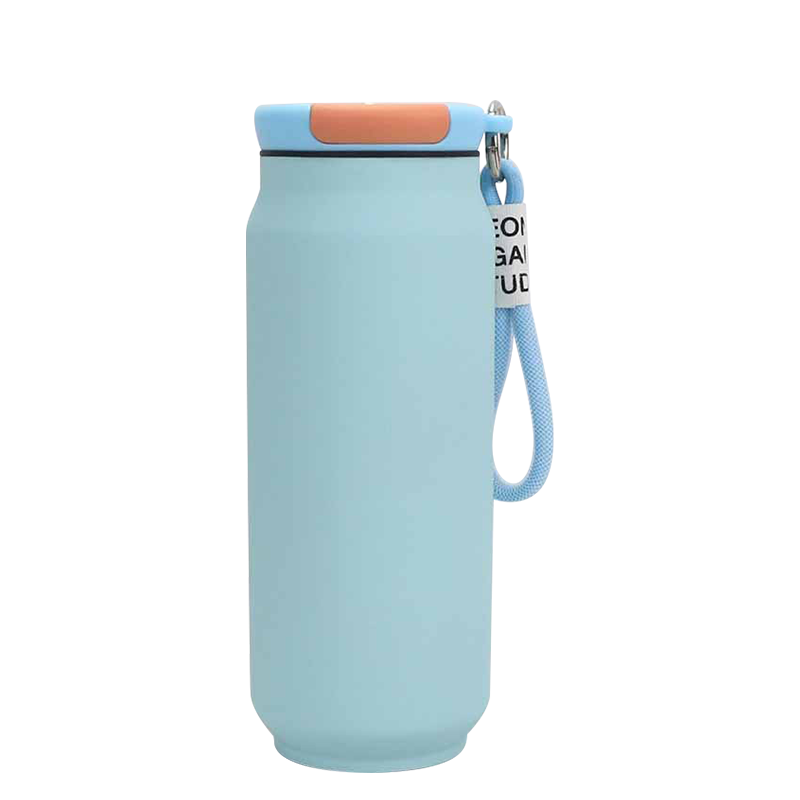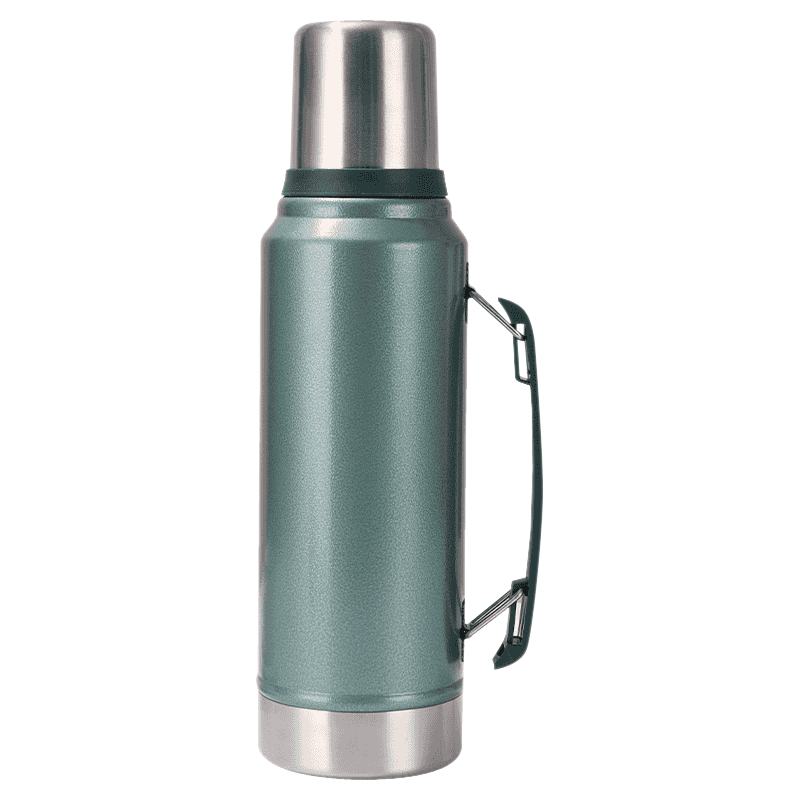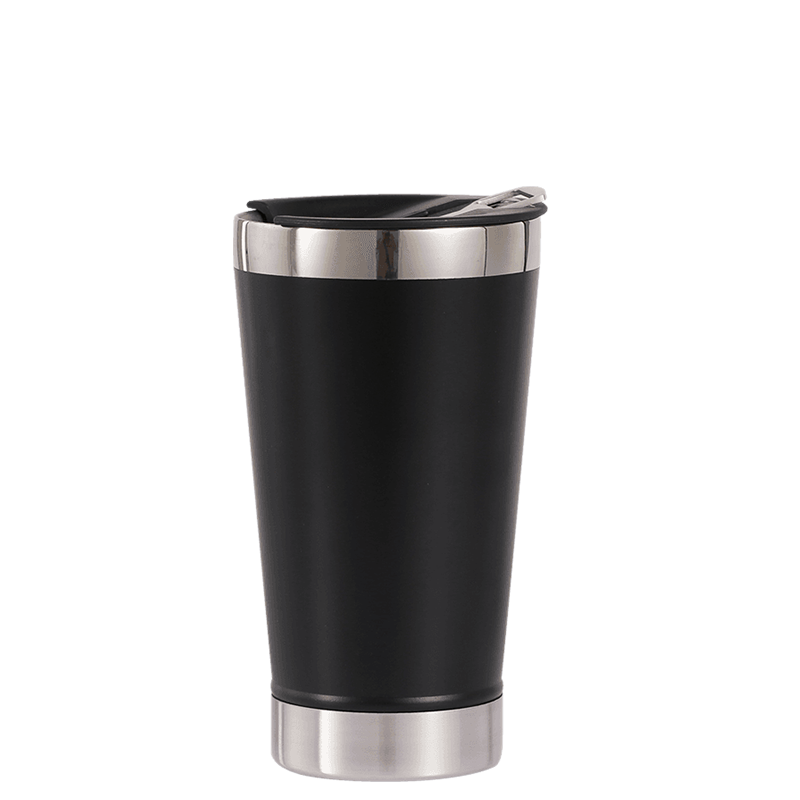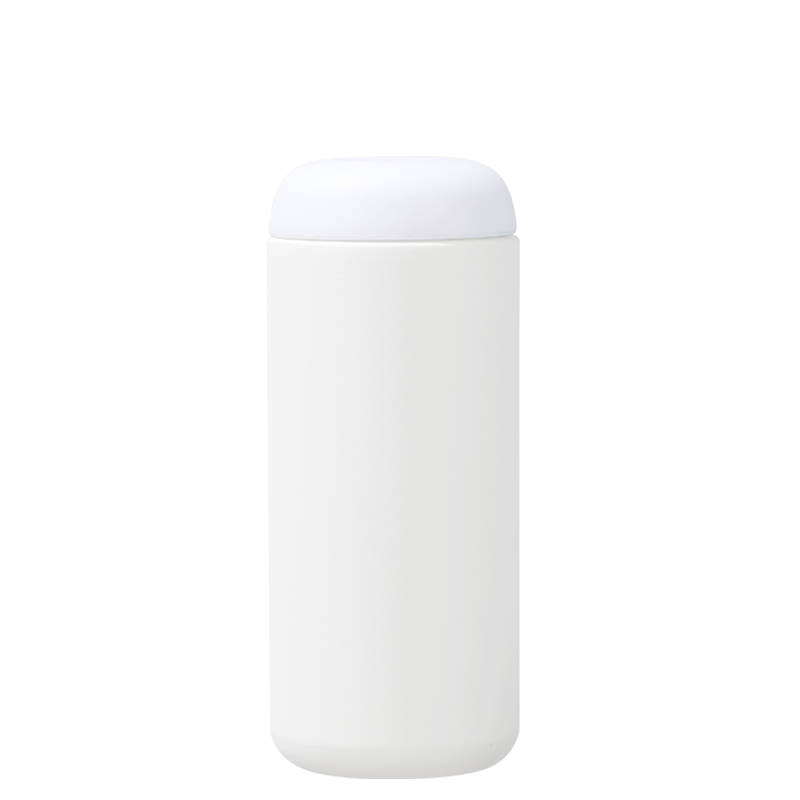
+86-13566758039

Industry News
Have you ever wondered why your hot coffee in the morning becomes lukewarm by lunchtime? Or maybe that carefully prepared icy juice is no longer refreshing before noon? Many insulated containers promise long-lasting heat preservation, but often fall short. The key to the problem often lies in the seemingly simple but intelligent design inside the vacuum flask. Especially for brands like Aijunware that specialize in this field, their technical core reveals why certain thermoses can better protect the temperature of your drinks. This isn't just about convenience; it's also about the clever application of physics to everyday objects. So, what exactly happens between the bottle walls?
How does the vacuum layer between the bottle walls block heat transfer?
The core secret of the thermal insulation effect lies in the special environment between two solid walls (usually stainless steel) - a nearly complete vacuum state. This is different from insulation that is filled with foam or air.
Inhibit heat conduction: Heat usually requires contact between materials to transfer molecular kinetic energy. When a hot beverage heats the inner wall of a regular thermos, the air molecules between the walls quickly conduct the heat to the outer wall. However, in a vacuum-insulated bottle, there are almost no air molecules between the walls to act as a " heat conductor ", and the conduction rate through this gap is significantly slowed. Although there is some conduction through the stainless steel wall itself, the vacuum barrier significantly reduces the overall heat flow.
Eliminate heat convection: Convection is the process by which a fluid (such as air) circulates after being heated and carries away heat. In the almost empty gaps of a vacuum flask, there is no fluid to form a convection circulation, and this heat dissipation path is completely blocked.
Reflected thermal radiation: Even in a vacuum, heat can be transmitted in the form of infrared radiation. Advanced vacuum-insulated bottles, such as Aijunware, address this problem by applying a special reflective coating to the inner wall facing the vacuum gap. This coating acts like a mirror, reflecting thermal radiation emitted from the inner wall back toward the beverage itself, rather than allowing it to pass through the vacuum to the outer wall, thereby reducing radiative heat loss.
This triple protection mechanism—suppressing conduction, eliminating convection, and reflecting radiation—combines to create a highly effective thermal barrier. Vacuum plays a crucial role here, physically weakening the core path of heat transfer.
Why is it difficult for ordinary thermos bottles to achieve similar insulation effects?
Common insulated or heat-insulating cups typically rely on a single material to slow heat transfer, such as foam padding or an air layer between double plastic walls. Though thermally more effective than single-layer containers, their insulation methodology differs fundamentally from vacuum-sealed designs:
Limitations of the air layer: While bubbles in foam or the air layer between plastic walls slow conduction, air molecules still exist and conduct heat. More importantly, small convection currents still occur within the enclosed air layer, actively transporting heat. The air acts as a conductor and conveyor belt for heat.
Conduction through the material: The inherent thermal conductivity of materials like foam and plastic is higher than that of a vacuum environment.
Radiative heat loss: In the absence of an effective reflective layer, thermal radiation passes relatively freely through the air or foam material.
As a result, the temperature of a beverage in a conventional insulated container changes rapidly, and heat energy is continuously lost through conduction through the material itself, convection through the trapped air, and radiation. The insulation time is limited and it is difficult to meet all-weather needs. True vacuum insulation, such as that used by Aijunware, is the key to long-lasting heat preservation.
What practical conveniences does vacuum technology bring in everyday use?
Enhanced thermal stability translates into tangible, everyday benefits:

What often-overlooked factors can affect a thermos's performance?
Even with vacuum technology, everyday details can affect its insulation:
How to maintain a vacuum insulated bottle to ensure long-term use?
Proper care can extend the life of a vacuum insulated bottle:
What practical help does vacuum insulation technology provide in daily scenarios?
Discover the long-lasting temperature protection of Aijunware's Thermos Vacuum Insulated Bottle
Thermos Vacuum Insulated Bottle use physical principles to create an insulating barrier, significantly slowing heat transfer. The key is that the vacuum layer blocks conduction and convection, combined with the reflective layer to control radiation, together achieving outstanding thermal insulation performance. It's not magic; it's the result of meticulous engineering.
This allows the beverage to remain at the ideal temperature for a longer period of time, avoiding the problem of coffee getting cold or iced drinks melting too quickly. It enhances the drinking experience, supports healthier living habits, reduces resource consumption, and delivers reliable performance in commuting, work, leisure, and home scenarios.
Aijunware incorporates core vacuum insulation technology into a design that focuses on durability and practicality. Its products are designed for everyday reliability. The cap is designed for a tight seal to minimize thermal bridging, the material selection balances strength and corrosion resistance, and the easy-to-clean and maintain design extends its lifespan. Discover how Aijunware thermos bottles safeguard the temperature of your drinks every day, adding a touch of reliable convenience to your life.
Your email address will not be published. Required fields are marked *








* Your email is safe with us, we don't spam.

Our company's products include vacuum flasks, beer mugs, coffee mugs, car tumbler, fire stove and tensile parts, etc.
Phone: +86-13566758039
Tel: +86-0579-87171178
Fax: +86-0579-87171178
E-mail: [email protected]
Add: No.29, Qiaodong Road, Qiaotouzhou Village, Longshan Town, Yongkang, Jinhua, Zhejiang, China.

 English
English 中文简体
中文简体 日本語
日本語 Français
Français Español
Español